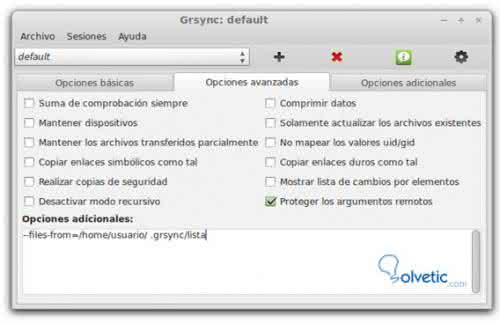


I then create per Linux user a directory for each user below the NAS NFS directory – disable root_squash in the NAS box's “exports” file temporarily to allow root access from one of the NFS clients.I use this with a QNAP NAS and, the openSUSE auto-mounter usually negotiates an NFS v4 mount … It usually a good idea to setup the NAS box's NFS Server to support all known NFS versions – makes the openSUSE auto-mounter behave properly during the handshaking when the NFS clients auto-mount the NAS box's export. The “NFS” directory on the NAS is added to the box's NFS exports list – preferably as the one and only NFS export.A useable name for this new directory is “NFS” – owned by the NAS box's administrator user – usually “admin” even though, that user is often disabled for security reasons.What I tend to do is, to create a new directory tree in the NAS box, parallel to any user directories added by an administrator on the box.You don't mention which OS is running on the 4 boxes you want to backup – can you please indicate which OS(s) these boxes are running?įor the Redmond stuff, they have a Samba server in their boxes – for Apple, they have something else as a solution.

tend to use a customized Linux on their boxes – which supports NFS. Synology claims their backup system supports linux, but by linux they mean ubuntu.Synology, QNAP, & Co. I have four computers to backup and have a Synology NAS to use. The next backup will first copy the directory tree, then make all the hard links, after hat rsync will copy only those files changed or new (and delete files that do not exist anymore, but remark, those file will still be on the older backup) and thus normally much quicker. Of course, the first backup made will take some time because each and every file must be copied. It is written in bash, thus easy to adapt when you want that (that is what I did), but ready for use. When a File is changed between everyone of them taken, there are 10 different versions of them (of course), but when a file didn't change, there is only one version and it has 10 hard links, thus saving a lot of space.Ī ready made product is at, and can be installed from the standard OSS repo. Looking at your space problem (which I do not understand complete), I use a method based on the fact that every backup taken, those files that are still the same are hard links to the same file in the other backup instances.


 0 kommentar(er)
0 kommentar(er)
